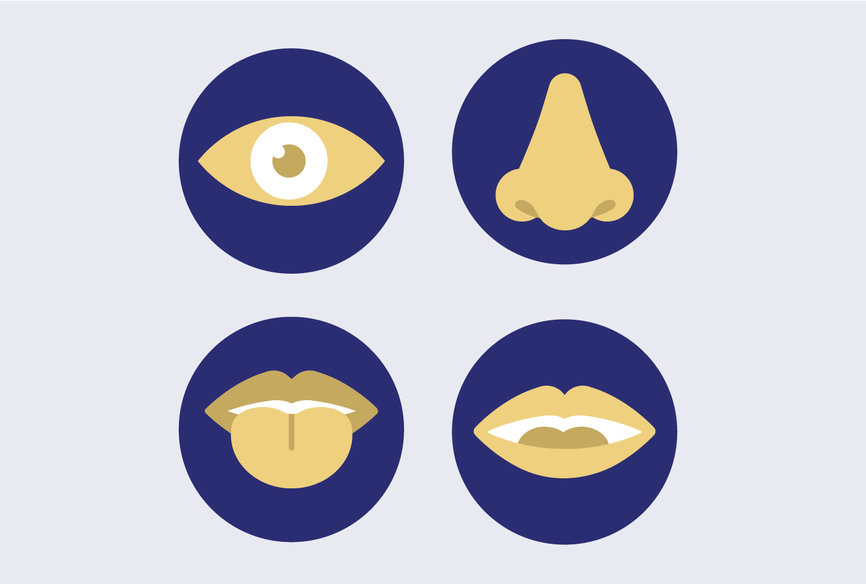Inspiration
.jpg)
The Importance of Taste in Product Development
It's a Cruel World Out There
A Nielsen study encompassing 12,000 product launches across Europe has shown that 76% of all new products fail to retain a retail listing beyond one year, with two thirds failing to achieve just 10,000 unit sales. When combined with the expense of launching a new product (development costs, commercial costs, marketing costs, etc.), these statistics are not particularly encouraging for producers. So, what can you do to make sure your product is a success?

Taste Matters
When consumers decide whether they like a product, taste is the most important factor. Every survey that the International Food Information Council Foundation has carried out to date has confirmed this, and in 2020 88% of those surveyed stated taste as their primary reason for buying a product. With statistics like this, it’s clear that taste should be a key focus during product development and a key criteria in the decision to launch the product commercially.
The “Second Moment of Truth”
In product development, much is written about the “first moment of truth”, which is when the consumer decides to buy the product for the first time. There are a number of different factors that may influence their choice; maybe the packaging appeals to them, the price is suitable, or they are interested in trying an innovative new product. This can lead to a high trial rate if lots of consumers are drawn to your product.
Although a high trial rate is encouraging, it is not a true indicator of a successful product and may only show that the marketing strategy is effective. The true measure of a product’s success is determined by the “second moment of truth”, which is when consumers actually consume it. If they have a positive experience, they are likely to buy your product again. This leads to a high repeat rate and ultimately a successful product.
In terms of food and drink products, taste is central to the second moment of truth and is the most important re-purchase driver. Jason Cohen of Analytical Flavour Systems agrees, stating that “when you see a new product that claims to be organic, all natural, without additives, et cetera, you might buy it because of these claims. That is marketing. But you will only buy it again if you like the taste of the product.”
The Importance of Loyalty
Repeat purchasing creates loyal customers who are essential for the success of your product. A study by Löfgren et. al found that by retaining just 5% more of their customers, companies could increase their profits by almost 100%, meaning that it’s highly profitable to give consumers a great-tasting product that they will want to purchase again.
The importance of loyal customers should not be underestimated as they are easier to sell to, more likely to spread the word about a great-tasting product and will be more receptive to other products from the same brand.
Statistics show that it takes eight purchases for consumers to become loyal customers, and that between the trial purchase and the first repeat purchase, a brand will lose approximately half of its buyers. From the first repeat purchase to the second, it will lose another half of the remaining buyers. This cycle continues until it stabilizes—around the eighth purchase.
Nielsen warns that without a strong product experience, brands won’t make it to that eighth purchase, especially given the intense competition and unavoidable variety-seeking that is part of the modern consumer experience. Since taste is the number one purchase driver for food and drink products, a superior taste is key to creating a strong product experience that will encourage consumers to buy your product again and again.

Bad Taste Causes Products to Fail
Although there are a number of different variables that can affect the success or failure of a new product (e.g. speed to market, pricing, packaging, etc.), taste is king in the food and drink industry.
Even the security of a well-known brand can’t save a product if its taste doesn’t appeal to consumers. A famous US beverage company found this out the hard way when they changed the formula of their product. Polls showed that only 13% of consumers liked the taste of the new product, and the company received thousands of official complaints. The product was delisted after just 79 days on the shelves and the original formula was reinstated.
John Stanton of Food Processing explains how poor taste can have serious implications for profit margins: “compromising on taste not only decreases the chances of a product’s success, but it puts undue pressure on all the other marketing variables to pick up for an average product. In many cases it leads to a lower price in order to get people to buy the product.”
On the other hand, consumers are willing to pay a premium for high-quality products, and a tasty, well-developed product can increase your profit margins exponentially.
E-book: How to Launch Tasty Food & Drink Products
Interested to learn more: Download our full e-book.
想閱讀更多類似的文章嗎?
我們在此網站上使用Cookie來增強您的用戶體驗
點擊此頁面上的連結即表示您同意我們設置cookie 更多資訊
.jpg?locale=en)
.jpg)
.jpg)
.jpg)
